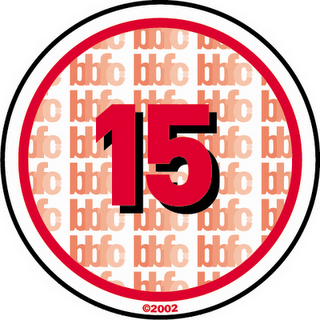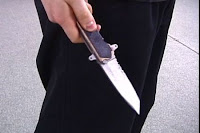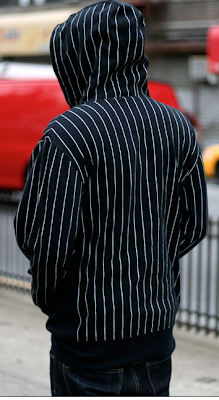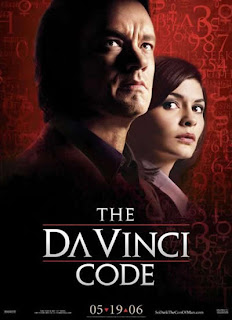




These are images we are going to use in our evaluation


 Lighting: We are going to make the lighting low key so it keeps us hidden. We are planning on filming our sequence in the evening just as it is starting to get dark. We are going to make sure that the lighting is always behind who ever is in the scene so you can see them. Our equipment is only really going to consist of our camera. The lighting for our sequence is going to look something like this:
Lighting: We are going to make the lighting low key so it keeps us hidden. We are planning on filming our sequence in the evening just as it is starting to get dark. We are going to make sure that the lighting is always behind who ever is in the scene so you can see them. Our equipment is only really going to consist of our camera. The lighting for our sequence is going to look something like this: 
The title sequence of a Saul Bass film I am going to analyse is “The Human Factor”. The title sequence of the film starts off by zooming out and showing you an establishing shot of a object which is a telephone. This is on a dark red background, which is often associated with danger. The sequence doesn’t really give anything away to the audience it actually leaves you thinking what is going to happen in the film and gives you a sense of confusion as it gives nothing away about the film. This makes the audience tense because they do not know what the telephone is there to represent. The camera then pans across the telephone cord showing it at different angles. It then shows a break in the wire, which is creating a sense of tension and suspense. This could be suggesting that the film has something to do with murders or kidnappings. The brake in the wire could also be representing the loss of a person or the loss of trust that someone has in someone. When the camera finally shows you the phone with a medium shot it is still crating mystery for the audience. The music that is being used is diegetic soundtrack, which has no word to it. The music is an acoustic guitar. The music starts off quite dark at the beginning, which is creating confusion and tension. As the sequence progresses the music starts to lighten up a little bit but is still putting the audience on edge about what is happening. This is also contrasting to the image of he telephone and the red background because the music is making you feel at ease with what you are seeing but then you still feel a tension of what the films is going to bring. The break in the phone cord is where the title of the film appears. This could be showing a cut or break in communication leading to the loss of life and the failure to help someone in need.
